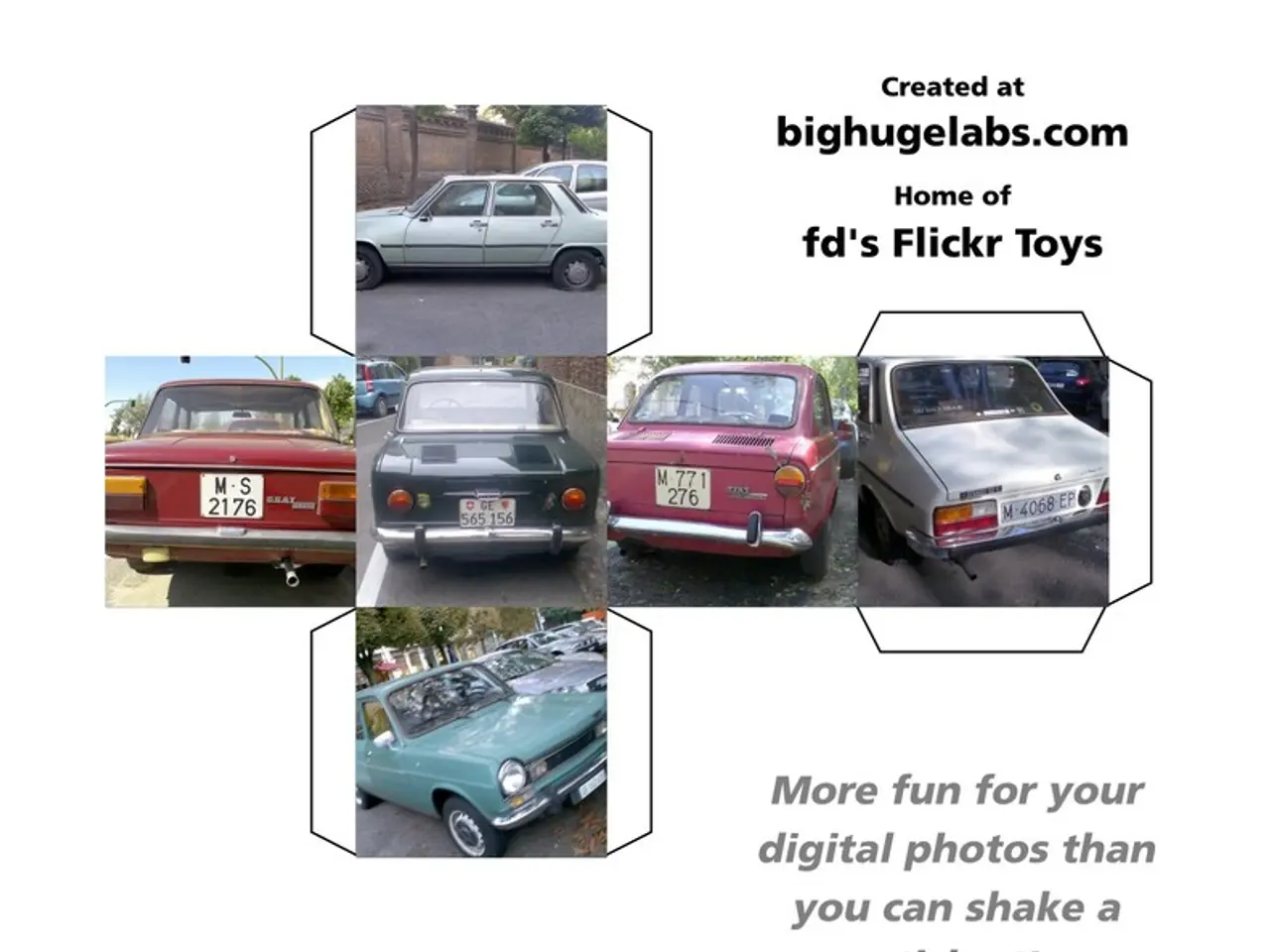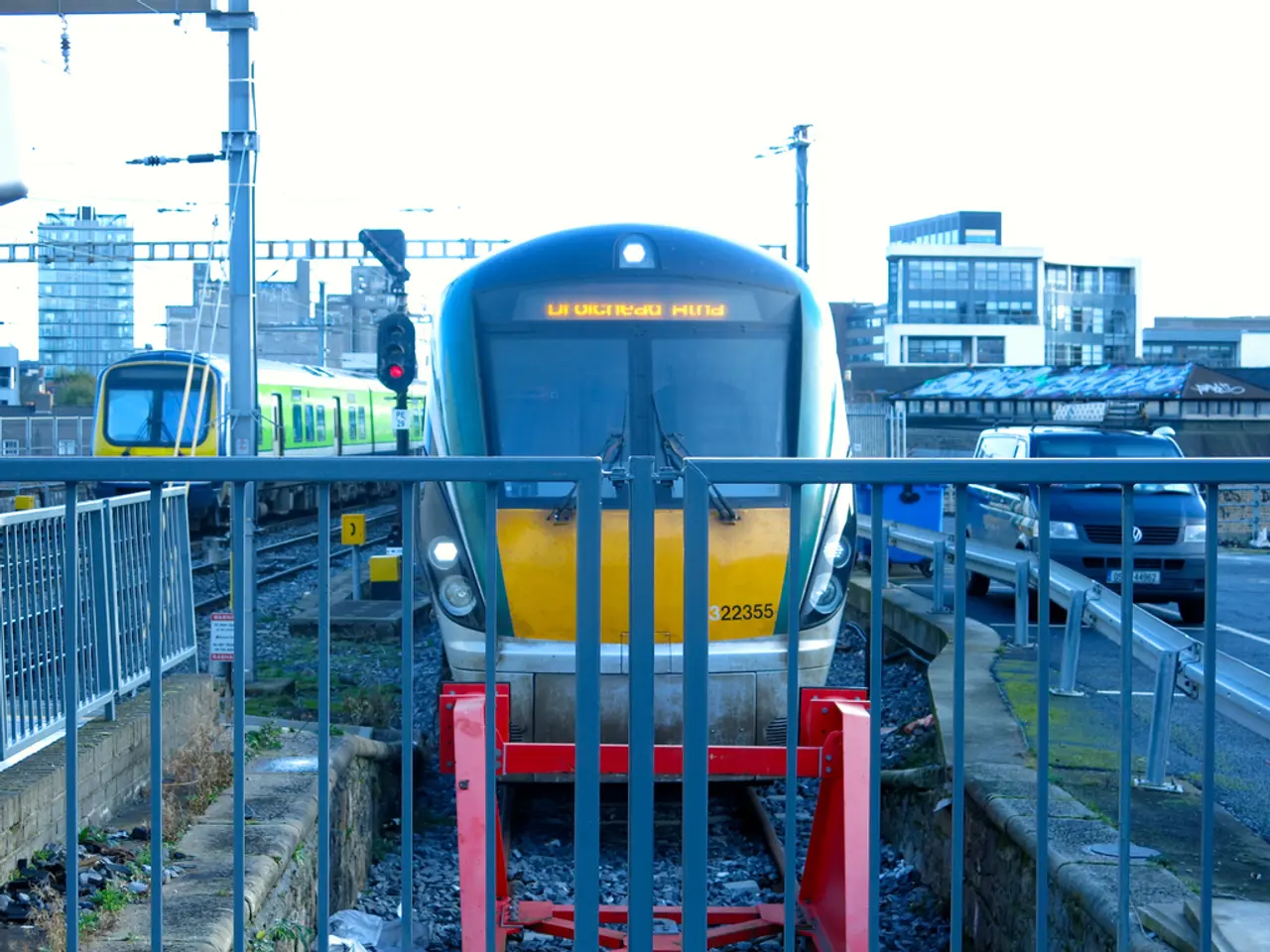Reducing Carbon Dioxide Emissions through Eco-driving Techniques
In a groundbreaking study, researchers from MIT, ETH Zurich, and the Utah Department of Transportation have demonstrated the potential of eco-driving in reducing CO2 emissions and improving air quality [1]. The study, which utilised deep reinforcement learning to analyse traffic scenarios in three US cities - Atlanta, San Francisco, and Los Angeles - has highlighted the significant benefits of eco-driving measures, particularly in urban areas.
Eco-driving, which involves dynamic speed adjustments to minimise idling, stopping, and excessive acceleration, can reduce CO2 emissions at intersections by 11 to 22 percent without impacting traffic flow or safety [1][3][5]. This reduction is particularly significant as idling at traffic signals contributes up to 15% of transportation emissions in urban areas.
Even partial adoption of eco-driving - around 10% of vehicles using these techniques - can achieve 25 to 50 percent of the maximum possible emission reductions [1][5]. Furthermore, optimising speed limits dynamically at roughly 20% of intersections can deliver about 70% of the total emission benefits from such eco-driving strategies [1][5].
Coordinated traffic light timing, such as green wave strategies, combined with eco-driving approaches can further reduce emissions significantly by smoothing vehicle flows, thereby lowering emissions from acceleration, deceleration, and idling phases [2]. Such integrative systems can achieve reductions in CO2 and other pollutants ranging from roughly 10% to 40% under optimal conditions [2].
The study emphasises the importance of control strategies like eco-driving in combating climate change. It also paves the way for further research in this area, with the initial attempt to systematically examine the environmental benefits of eco-driving intended to serve as a reference for future research on eco-driving systems.
However, it's worth noting that emission savings in densely built cities like San Francisco may be lower compared to cities with higher speed limits, such as Atlanta. Nonetheless, the study underscores the potential of eco-driving in combination with other measures for decarbonizing traffic to offer greater benefits.
The use of modern machine learning tools like deep reinforcement learning enables complex analyses that can support sociotechnical decisions, making eco-driving a promising solution for reducing urban CO2 emissions effectively while maintaining traffic efficiency [1][2][5].
References:
[1] MIT News: Study: Eco-driving can reduce CO2 emissions at intersections [2] Transportation Research Part A: Policy and Practice: Green waves and eco-driving: A combined approach to reduce emissions in urban areas [3] Transportation Research Part C: Emerging Technologies: Eco-driving in urban areas using deep reinforcement learning [4] Sustainability: Optimising speed limits for emission reduction in urban traffic networks [5] Journal of Cleaner Production: Eco-driving and traffic management: A review of current practices and future directions
- The integration of environmental-science principles, such as eco-driving, into the transportation industry can significantly reduce CO2 emissions and improve air quality, particularly in urban areas, as demonstrated by a study that utilized deep reinforcement learning to analyze traffic scenarios.
- Financing and implementing measures like eco-driving and coordinated traffic light timing can lead to substantial emission reductions, including up to 40% under optimal conditions, making these approaches promising solutions for combating climate-change in urban areas.
- Increased collaboration between the technical-science communities, particularly in fields like engineering and computer science, is crucial for advancing our understanding of eco-driving and developing more efficient methods for reducing CO2 emissions in the transportation sector.




